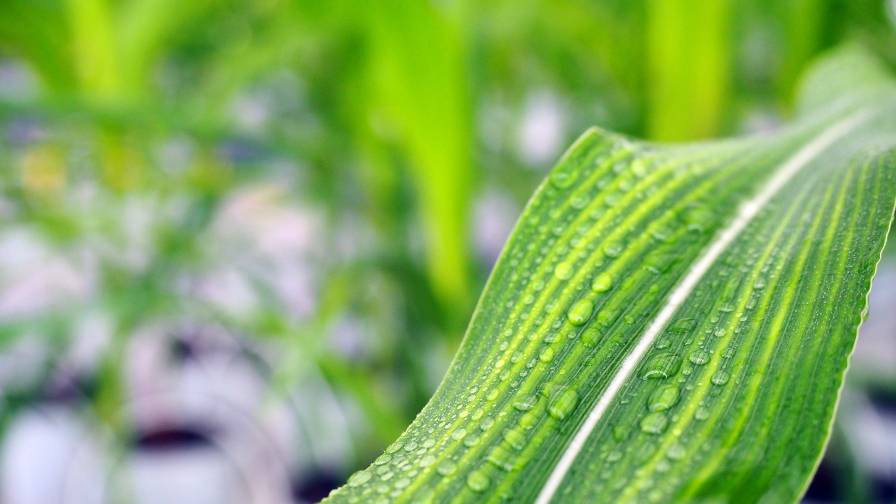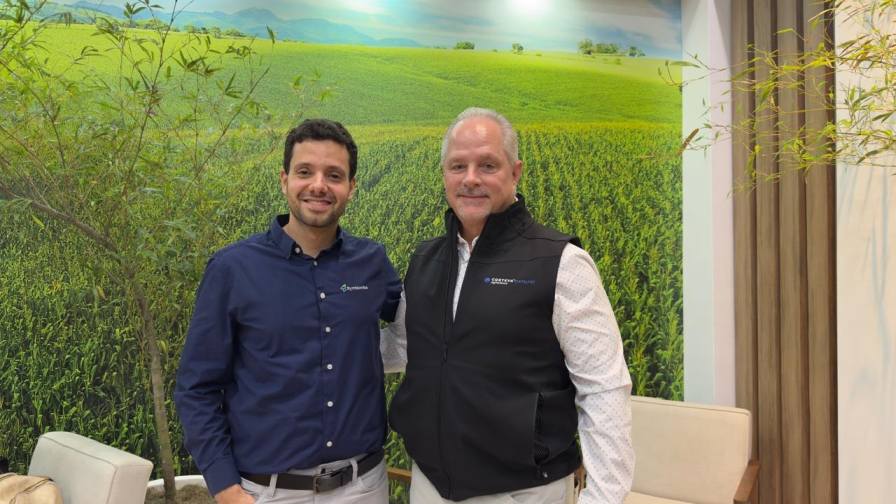West Africa Poised for Productivity Boom with Intensification
A success story is playing out in the cocoa fields of Ghana, where strategic distribution of key crop inputs are more than doubling productivity and farm incomes. Fertilizers and crop protection products distributed by the government’s Cocoa Products Board, NGOs, associations and private industry have been subsidizing or loaning more inputs in the past few years than ever before, prompting about 60% of the country’s farmers, especially smallholders, to grow what has become a million-ton business for the country, representing more than one-quarter of the country’s export GDP.
Many agree that the country’s crop input strategy is working. Under a pilot program by CNFA – a NGO that engages private industry in the value chain – cocoa farmers saw year-over-year yields almost double, and income rose 142% in its initial year in 2010. Just as encouraging was the near 100% repayment rate of loans for the initial $76,000 put aside for the program. The final results for 2011 are still being evaluated due to a late harvest season, but with a $4.5 million outlay for 10,000 farmers, yields, income and repayment trends could provide a case study for the rest of West Africa.
Similar to other countries in West Africa, the government of Ghana sets the price of cocoa because they subsidize inputs heavily. Because of these controls, there is a prevailing view among farmers that inputs should be free. But they are beginning to emphasize their yields more than the price of their crops.
This transition has spawned a revolution of technology adoption that has the potential to spread through the fields of smallholders as they observe the rise in their neighbors’ productivity and incomes.
According to a 2011 study by the International Food Policy Research Institute, agriculture has a strong potential to lift many in West Africa out of poverty and generate significant economic growth. On average, agriculture provides one-third of West Africa’s GDP. However, in oil-rich nations, it typically contributes single digits to the GDP. This reality led Nigeria Agriculture Minister Akin Adesina to state recently:
“We are thinking of agriculture in Nigeria today as a replacement of oil,” Adesina said during the Feeding the World investor summit earlier this month. “Think of agriculture as an investment. We see this as government-enabled. The private sector is going to have to lead it. We want Nigeria to be an agricultural and industrialized economy.”
According to IFPRI, more than 60% of West Africa’s rural farmers comprise all individuals below the poverty level. Productivity, the report says, including the control of pests, could lift farm incomes threefold, allowing the value chain to concentrate on the transfer of knowledge and technology instead of chasing invoices for inputs.
Ghana could be a case study for the region, especially for access to technology, and not just for cash crops. Maize, millet, sorghum, rice, cassava, potatoes, soybeans, bananas and ground nuts all have the potential for exponential yield growth with better intensification, according to IFPRI. Maize, for example, a staple crop that must be imported to the region to meet demand, has a 300% yield gap in the region due primarily to lack of pesticides, fertilizer and water.
Drought resistant maize seeds will help immensely, but they are many years down the R&D and distribution chain. Today, the largest payoffs reside in good agriculture practices that promote the judicious use of product that combat biotic agents and regular fertility programs.






